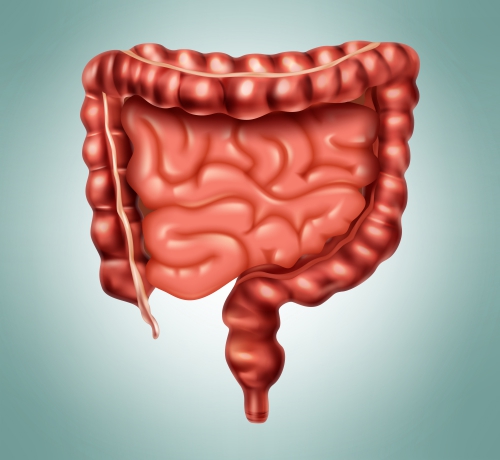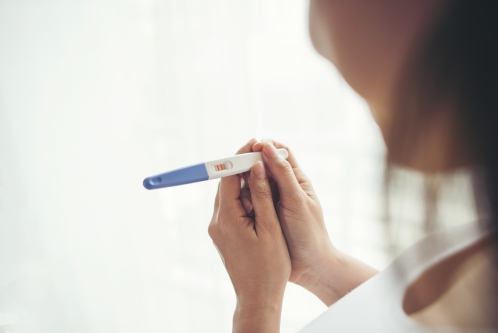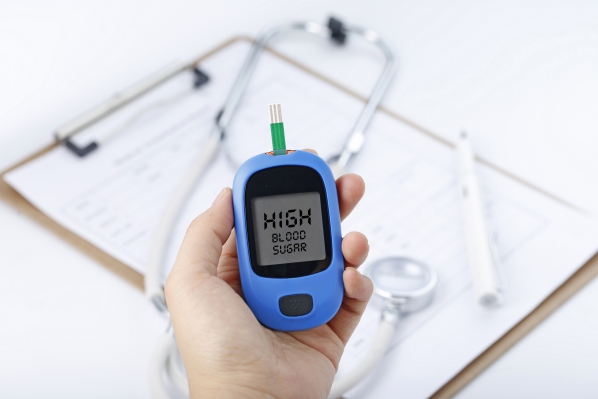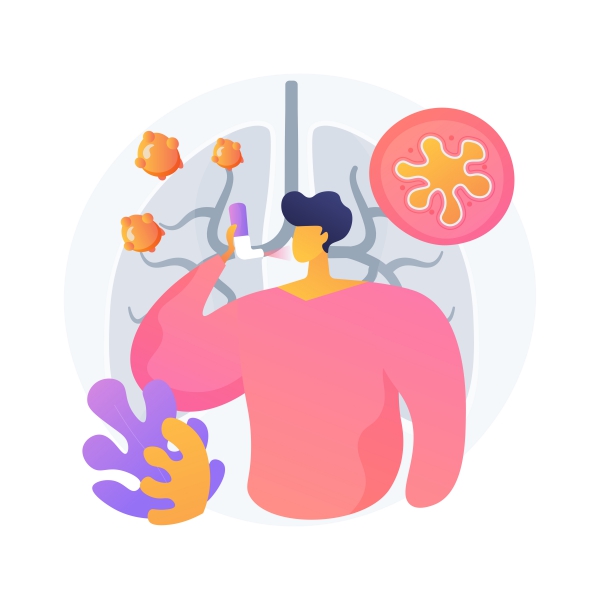Abdominal aortic aneurysm, Aorta, Ruptured aorta, Emergency
Description : Abdominal aortic aneurysm (AAA) is the dilatation of the lower part of your aorta which is the
Article Details :
What is an abdominal aortic aneurysm?
Abdominal aortic aneurysm (AAA) is the dilatation of the lower part of your aorta which is the largest artery in your body running from your heart through the centre of your chest and abdomen. As the aorta receives blood at high pressure from the heart, its rupture can result in massive internal bleeding leading to death.
Men aged above 65 years are at increased risk of developing AAA. Ruptured AAA is the 13th leading cause of death in the United States. In every 100,000 persons with AAA, 4.4 cases will result in a ruptured AAA.
What are the risk factors for abdominal aortic aneurysm?
There are several factors which can increase your risk of developing an AAA and these include:
- Atherosclerosis: This is when fats build up in the artery causing the diameter of the blood vessel to reduce and hence increasing the pressure within it, putting it at increased risk of developing an AAA.
- High blood pressure: High blood pressure may damage the wall of the aorta making it more susceptible to develop an AAA.
- Cigarette smoking: Cigarette smoking is one of the main risk factors for AAA.
- Trauma: Trauma to the abdomen may weaken the wall of the abdominal aorta increasing your risk of developing an AAA.
- Age: Being aged above 65 years increases your risk of developing an AAA.
- Gender: Males are more commonly affected than females.
- Chronic obstructive pulmonary disease (COPD): COPD is a disease affecting your lungs and increases your risk of developing an AAA.
- Previous aneurysm repair: Having undergone previous surgical repair of an aneurysm makes your more prone of developing an AAA.
- Coronary artery disease (CAD): CAD was observed in 36% of people with an AAA.
- Family history: You are at increased risk if you have a parent or sibling with AAA.
- Peripheral vascular disease: This is when the diameter of your blood vessels found at your extremities decreases due to fat deposition.
What are the signs and symptoms of abdominal aortic aneurysm?
AAA usually does not have any symptoms until it expands to cause compression or ruptures. The signs and symptoms may include:
- Back, abdominal, flank and groin pain.
- Early satiety, nausea, vomiting and urinary symptoms due to compression on adjacent structures.
- Pain which is usually sudden, severe and constant.
- Syncope or loss of consciousness which is a common complaint in people with an AAA.
The signs and symptoms of a ruptured AAA include:
- Pulsatile abdominal mass.
- Hypotension.
- Altered mental status.
- Increased heart rate.
- Flank ecchymosis (Grey Turner sign)
- Ecchymosis around your belly button (Cullen sign)
There are several other diseases which may mimic an AAA and these include:
- Gastrointestinal bleed
- Ischaemic bowel
- Kidney stones
- Musculoskeletal pain
- Perforated gastrointestinal ulcer
- Pyelonephritis
- Appendicitis
- Acute gastritis

Making a diagnosis
To make the diagnosis of AAA, your doctor will first take a detailed history from you to know more about your symptoms. After the history taking, your doctor will perform a thorough physical examination to look for signs of an AAA. Laboratory studies are mainly used to rule out other diseases and cannot be used to confirm the diagnosis of AAA. To confirm the diagnosis of AAA, your doctor will carry out other tests and these include:
- Ultrasonography: Ultrasound scan of the abdomen is the standard imaging tool for the diagnosis of AAA. It is a non-invasive test that can be done at bedside. Ultrasonography can determine the presence, location, size and extent of the aneurysm.
- Abdominal x-ray: Abdominal x-ray should not be ordered alone for the diagnosis of AAA as it has a low diagnostic yield.
- Computed Tomography (CT) scan: CT scan oF the abdomen is very useful and has certain advantages over ultrasonography in defining the size, extent and location of the aneurysm. CT scan is the best tool for determining whether you are a candidate for endovascular repair (EVAR).
- Magnetic resonance imaging (MRI): The MRI scan is as useful as CT scan but it does not involves ionizing radiation. However, it cannot be used in people whose condition is unstable.
- Angiography: This imaging technique is mainly used during the operation to facilitate endovascular repair. However, this procedure is invasive and has increased risk of bleeding and perforation.
- Echocardiography: This test is used to check your cardiac function using ultrasonography to make sure you are fit for surgery.
What are the treatments of abdominal aortic aneurysm?
The treatment of AAA is mainly surgical repair. Ruptured AAA should be treated by emergency Read more












